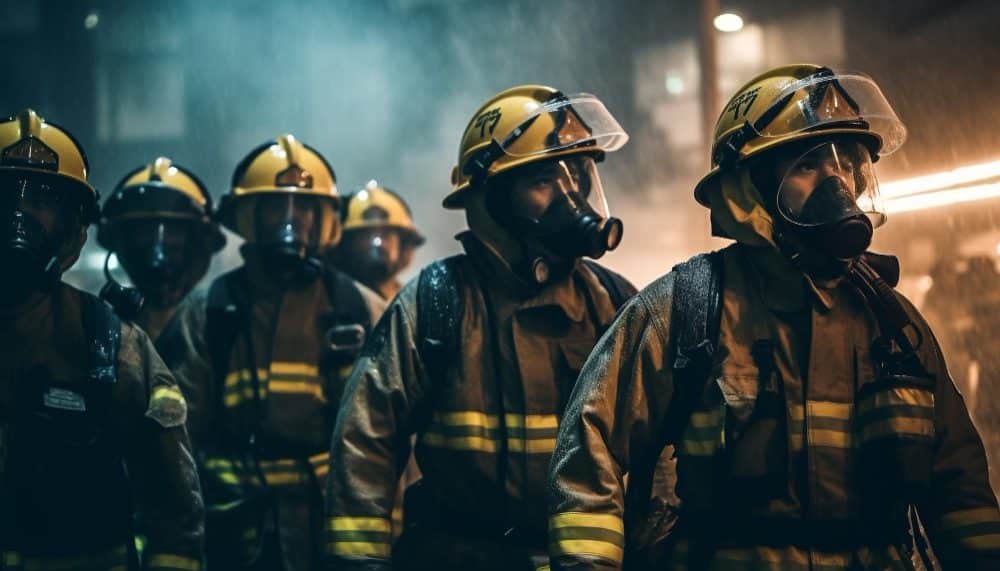Airport firefighters may encounter various hazards such as aircraft crashes, structural collapses, hazardous materials spills, and extreme weather conditions. Training includes learning to mitigate these risks effectively.



The program aims to provide community firefighters with the necessary skills and knowledge to effectively fulfil their roles and responsibilities within the fire service.
Upon successfully completing this course, the student will:

Ready to master fire safety? Dive into the syllabus of our Basic Fire Fighting Course today and ignite your knowledge!

The Basic Firefighters Course offers a wide scope of job opportunities in airport fire and rescue services. Graduates of this course are equipped with essential skills to serve as airport firefighters, responsible for responding to aircraft emergencies and building fires at airports. They play a critical role in ensuring the safety of passengers, crew, and airport personnel during emergencies. With training in aircraft rescue and fire-fighting (ARFF) techniques, graduates can pursue careers as ARFF firefighters, working in accordance with international standards and recommended practices. Additionally, they may find employment as airport fire safety officers, fire prevention specialists, or emergency response team members. These roles involve implementing fire safety measures, conducting inspections, and providing emergency assistance to maintain the safety and security of airport facilities. Overall, the Basic Firefighters Course opens doors to fulfilling careers in airport fire and rescue services, where professionals play a vital role in protecting lives and property in the aviation industry.
Airport firefighters may encounter various hazards such as aircraft crashes, structural collapses, hazardous materials spills, and extreme weather conditions. Training includes learning to mitigate these risks effectively.
With experience and additional training, airport firefighters can advance to supervisory or managerial positions within airport fire and rescue services or pursue specialized roles such as Hazmat technician or fire investigator.
Progress assessments may vary, but students can expect regular evaluations through written exams, practical skills assessments, and scenario-based simulations.
Training includes learning radio communication procedures, incident command systems, and teamwork strategies to ensure effective communication during emergency response operations.
Students learn about fire chemistry, heat transfer, fire dynamics, and extinguishment techniques to effectively combat fires in various environments, including aircraft, buildings, and open spaces.

